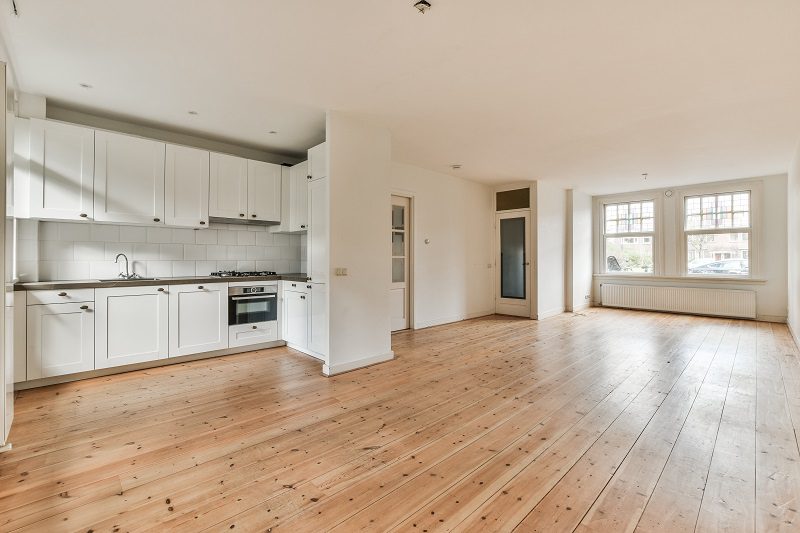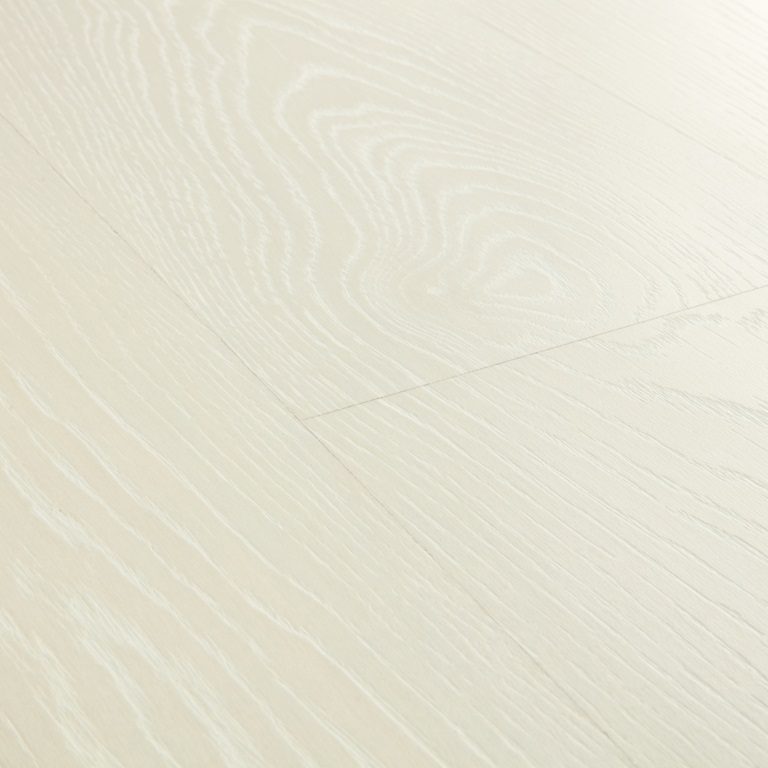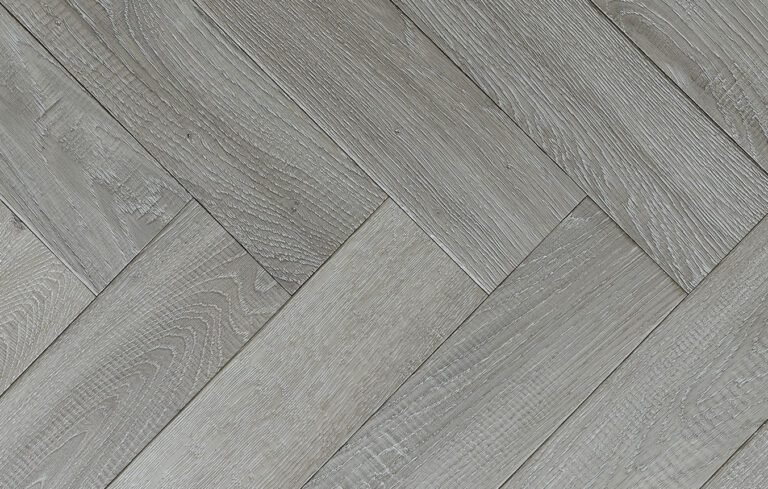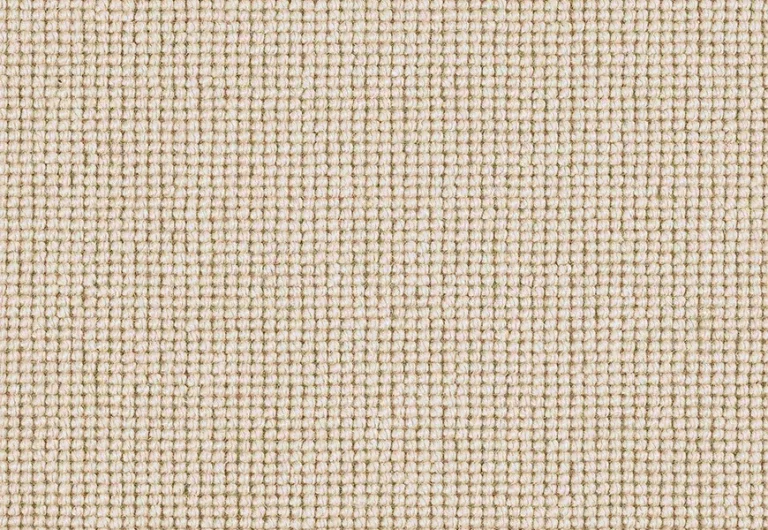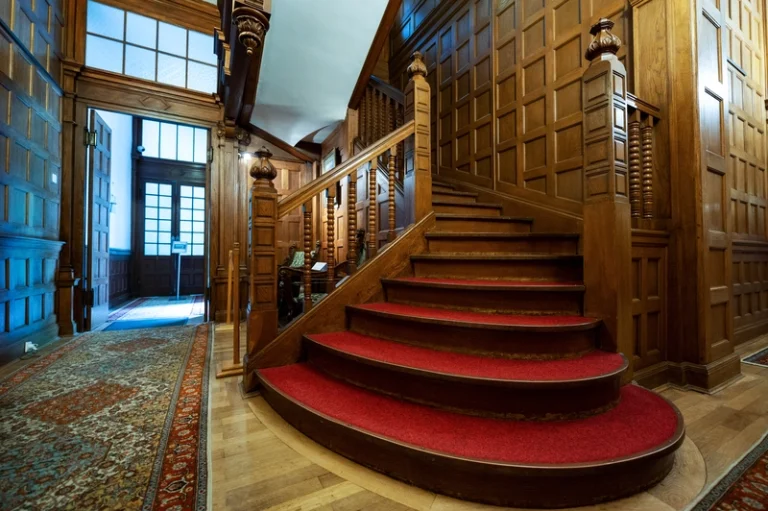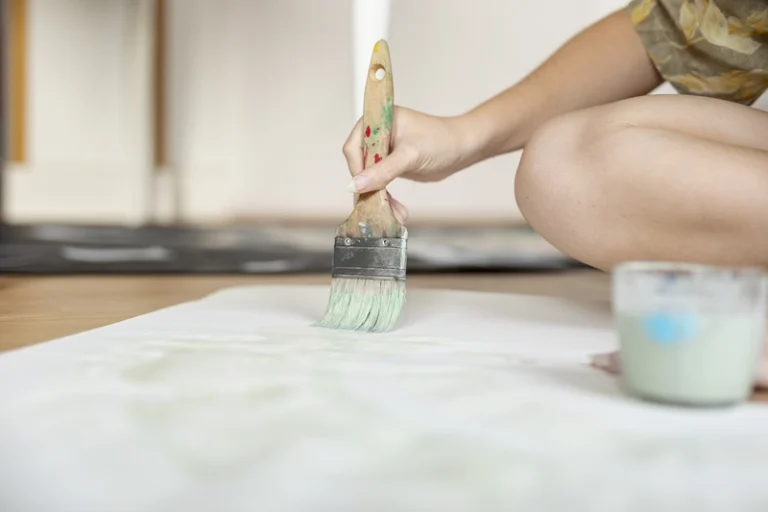Looking to upgrade your flooring but not sure whether to go with LVT or laminate? We will explore the key differences between LVT vs. laminate flooring, covering material composition, durability, installation process, water resistance, cost, and more.
Find out which one is better for high-traffic areas, moisture-prone areas, environmentally friendly, easier to maintain, offers more design options, more resistant to damage, more affordable, easier to install, and more suitable for DIY installation.
Stay tuned to make an informed decision for your next flooring project!
The Differences Between LVT vs. Laminate
When comparing LVT vs. Laminate, key differences emerge in terms of material composition, durability, installation process, water resistance, and cost.
LVT, also known as Luxury Vinyl Tile, is made of multiple layers, including a PVC vinyl core, a photographic layer for realistic visuals, and a protective wear layer. On the other hand, laminate flooring consists of a high-density fibreboard core, a photographic layer, and a protective top coat.
Regarding performance, LVT is highly durable and can withstand heavy foot traffic, making it an ideal choice for commercial spaces. Laminate, while also durable, may not be as resilient to moisture and humidity compared to LVT.
The installation process differs as well – LVT can be installed as a floating floor, glued down, or with a click-lock system, offering versatility in application. Laminate typically utilises a click-lock system for installation, which can be more DIY-friendly for beginners.
Regarding water resistance, LVT holds an advantage over laminate due to its waterproof properties, making it suitable for areas prone to spills or moisture. Laminate, although water-resistant to some extent, is not entirely waterproof and may be susceptible to damage from excessive moisture.
Cost-wise, LVT tends to be slightly more expensive upfront compared to laminate flooring. The long-term durability and maintenance advantages of LVT can make it a cost-effective investment over time.
a. Material Composition
Material composition plays a significant role in distinguishing LVT from laminate. LVT is primarily made of PVC or Stone Plastic Composite (SPC), offering a resilient and versatile flooring option. On the other hand, laminate flooring consists of High-Density Fibre boards layered with a decorative image and a protective top layer.
LVT, being composed of PVC or SPC, provides a waterproof and durable flooring solution suitable for high-traffic areas like kitchens and bathrooms. Its flexibility makes it ideal for installations over uneven subfloors, giving a comfortable underfoot feel. Conversely, laminate, with its HDF boards, offers a budget-friendly alternative that mimics the look of hardwood or stone. The protective top layer in laminate provides scratch and fade resistance, making it easy to maintain and clean.
b. Durability
Regarding durability, LVT is known for its resilience and ability to withstand heavy foot traffic and wear. Laminate flooring, while durable, may not be as resistant to moisture and scratches as LVT. In areas prone to high traffic, LVT is often the preferred choice for long-lasting flooring solutions.
One of the key factors contributing to the durability of LVT is its wear resistance. This feature enables it to maintain its appearance even in high-traffic areas, making it a reliable option for spaces that experience constant use. Additionally, LVT offers scratch protection, ensuring that the flooring remains pristine and free from unsightly marks. On the other hand, laminate flooring, though durable, may show signs of wear and tear more quickly when exposed to heavy foot traffic. Therefore, when considering flooring options for areas with high usage rates, opting for LVT can provide a longer-lasting and robust solution.
c. Installation Process
The installation process differs between LVT and laminate flooring. LVT often utilises a glue-down or click-lock system, making it suitable for DIY installation. Laminate flooring may require underlay and precise cutting for installation. LVT is compatible with underfloor heating systems, providing added comfort.
For LVT installation, the glue-down method involves adhering the tiles or planks directly to the subfloor, ensuring a secure and long-lasting fit. The click-lock system of LVT allows for a floating floor installation, which is quick and hassle-free. On the other hand, laminate flooring needs a moisture barrier underlay to protect against moisture issues and improve sound insulation.
d. Water Resistance
Water resistance is a crucial factor to consider in flooring, especially in moisture-prone areas like kitchens and bathrooms. LVT, being inherently waterproof, offers superior water resistance compared to laminate flooring, making it a preferred choice for areas susceptible to spills and moisture.
Water-prone areas demand flooring solutions that can withstand moisture and spills without compromising on durability. LVT’s impermeable nature ensures that water does not penetrate the core, preventing issues like warping or swelling. This attribute not only enhances the longevity of the flooring but also simplifies maintenance, as cleaning up spills becomes a hassle-free task.
e. Cost
Cost considerations can influence the choice between LVT and laminate flooring. Generally, laminate flooring is more budget-friendly upfront, but LVT offers better long-term value due to its durability and water resistance properties. The initial investment in LVT may be higher but can result in cost savings over time.
When comparing the upfront expenses of LVT and laminate flooring, laminate typically takes the lead in terms of affordability at the initial purchase.
Looking at the bigger picture of long-term value, LVT proves to be a more cost-effective option. Its resilience against wear and tear means less frequent replacement, ultimately translating to lower maintenance costs in the long run.
LVT vs. Laminate: Which One Is Better for High-Traffic Areas?
In high-traffic areas such as living rooms or hallways, durability is a key factor to consider. LVT, with its resilience and wear resistance, is often preferred for high-traffic spaces over laminate flooring, providing long-lasting performance and minimal maintenance requirements.
With its ability to withstand heavy foot traffic without showing significant wear and tear, LVT flooring is an excellent choice for areas that experience high usage. Unlike laminate, LVT is water-resistant, making it suitable for spaces like entryways and kitchens where spills are common. The ease of cleaning and maintenance of LVT adds to its allure for busy households. Its scratch-resistant surface ensures that it maintains its aesthetic appeal even in the most bustling areas of a home.
LVT vs. Laminate: Which One Is Better for Moisture-prone Areas?
Moisture-prone areas like kitchens or bathrooms require flooring with excellent water resistance. In such spaces, LVT, known for its waterproof properties and compatibility with underfloor heating systems, is the superior choice over laminate flooring, offering enhanced protection against moisture damage.
One of the key benefits of LVT in moisture-prone areas is its ability to resist water penetration, safeguarding the floor from potential damage caused by moisture exposure. Its moisture protection capabilities make it a durable and long-lasting flooring option, ensuring longevity even in high-moisture environments. This resilience to moisture also makes LVT ideal for spaces where spills and humidity levels are common concerns.
LVT vs. Laminate: Which One Is More Environmentally Friendly?
When evaluating environmental impact, certifications like FloorScore play a crucial role. LVT and laminate flooring may differ in their eco-friendliness, with some products from manufacturers like Quick Step meet stringent sustainability standards, making them environmentally conscious choices for flooring.
These certifications ensure that the materials used in the production of flooring are sourced sustainably, without harming the environment. By adhering to eco-friendly practices, companies can reduce the carbon footprint associated with the manufacturing process, contributing to a greener future.
Plus certifications, the use of recycled materials in the production of LVT and laminate flooring further enhances their eco-friendly appeal. Manufacturers that prioritise the use of post-consumer recycled content demonstrate a commitment to reducing waste and promoting circular economy principles.
LVT vs. Laminate: Which One Is Easier to Maintain?
Maintenance ease is a key factor for flooring longevity. While both LVT and laminate flooring are relatively low-maintenance options, LVT’s resilience to moisture and stains often makes it easier to clean and maintain, offering a hassle-free solution for regular upkeep.
Regular cleaning is essential to preserve the appearance and lifespan of your flooring. For LVT, simply sweeping or vacuuming followed by mopping with a gentle cleaner is usually sufficient. Laminate, on the other hand, requires a bit more caution with moisture, so dry or damp mopping is recommended. For stubborn stains, both types of flooring can benefit from spot treatment using a recommended cleaner.
To prevent scratches, it’s advisable to use felt pads on furniture legs and avoid dragging heavy objects across the floor. Maintaining a consistent indoor humidity level can also help prevent any potential issues with your flooring over time.
LVT vs. Laminate: Which One Offers More Design Options?
Design versatility is essential in flooring selection. LVT and laminate offer a wide range of design options, with brands like Quick-Step and Elka providing diverse patterns, textures, and finishes to suit various interior styles and preferences.
Quick-Step excels in offering realistic wood and stone patterns in their laminate flooring. Quick-Step also allows for customisations, such as selecting the plank width, colour variations, and surface treatments, enabling homeowners to create unique flooring designs that reflect their personal style and aesthetic preferences.
LVT vs. Laminate: Which One Is More Resistant to Damage?
Resistance to damage is crucial for flooring longevity. While both LVT and laminate offer decent resistance to scratches and wear, LVT’s waterproof properties and resilience make it more resistant to moisture-related damage compared to laminate flooring, ensuring lasting durability.
Scratch resistance is essential for maintaining the beauty of your floors, especially in high-traffic areas or homes with pets. LVT’s wear protection adds an extra layer of defence against daily wear and tear, making it suitable for busy households.
Regarding moisture resilience, LVT’s ability to repel water and resist mould and mildew growth makes it an excellent choice for areas prone to spills, such as kitchens and bathrooms. The combination of these features sets LVT apart as a durable and long-lasting flooring option that can withstand the test of time.
LVT vs. Laminate: Which One Is Easier to Install?
Ease of installation can impact the overall flooring project. LVT’s click-lock or glue-down systems often make it easier for DIY installation compared to laminate flooring, which may require additional tools and expertise.
While LVT’s click-lock mechanisms allow for a simple ‘snap-together’ approach, eliminating the need for adhesives and offering a swift installation process, laminate flooring typically involves more intricate steps like underlay placement and precise cutting.
For those opting for a hands-on installation, LVT’s user-friendly design and lighter weight can facilitate a smooth DIY experience, making it a popular choice for homeowners looking to tackle the project themselves.
LVT vs. Laminate: Which One Is More Suitable for DIY Installation?
For DIY enthusiasts, ease of installation is crucial in flooring selection. LVT’s straightforward click-lock or glue-down systems make it a popular choice for DIY projects, offering simplicity and convenience during installation. Brands like Invictus provide user-friendly installation guides for seamless DIY flooring upgrades.
Laminate flooring also stands out for its DIY-friendliness, with options like interlocking planks that require little to no adhesive. This type of flooring is known for its versatility, durability, and affordability, making it an attractive choice for those looking to upgrade their space without professional help. To assist DIYers further, online tutorials and tool kits specifically designed for laminate floor installation are easily accessible, enabling homeowners to achieve professional-looking results with minimal effort.
LVT vs. Laminate: Which One Is More Affordable?
Affordability is a significant consideration in flooring choices. While laminate flooring tends to be more budget-friendly upfront, LVT’s long-term durability and low maintenance costs can provide better overall value, making it a cost-effective option for homeowners looking for quality flooring solutions.
When comparing the initial costs of LVT and laminate flooring, laminate usually comes out as the cheaper option per square foot. Looking at the bigger financial picture, LVT’s durability means it can last longer without needing replacement, saving money in the long run. The minimal maintenance required for LVT also contributes to its cost-effectiveness, as it reduces the need for expensive cleaning products or professional upkeep services. These factors make investing in LVT a wise choice for individuals aiming for a balance between affordability and quality.
For those seeking the optimal balance of quality and budget, exploring TEKA Flooring’s offerings in both Laminate and LVT could unveil the perfect solution. If you ask, “is LVT better than laminate”? Well, the answer lies in your needs and room planning preferences.
You have the freedom to make the decision that suits you best. However, if you’re still uncertain and would like professional advice, you can schedule a consultation to compare laminate and LVT options here!
Read also:







